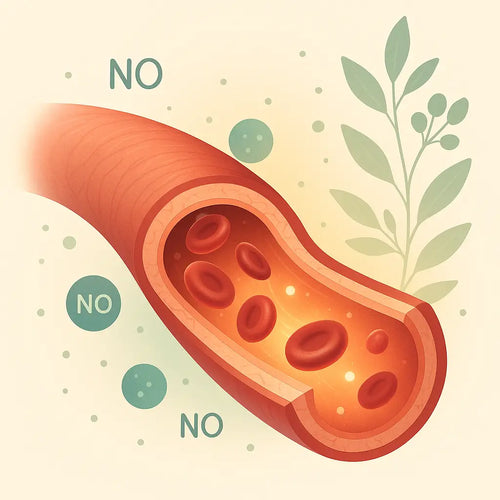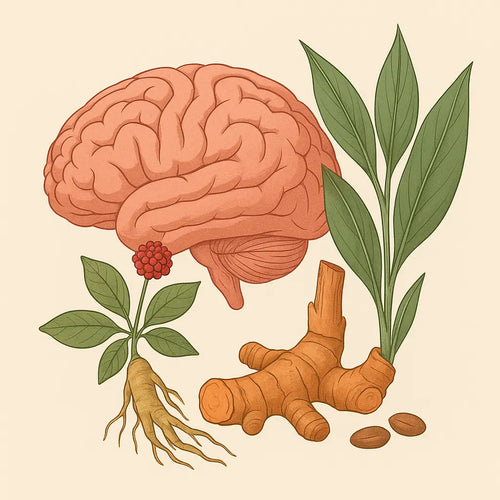We used to think that fat was only a way for the body to store energy, in other words, store excess calories.
That is far from the truth.
We are now learning that the white fat is metabolically active, that’s the fat we gain when the body is left with more calories than it can immediately use.
We can easily see it accumulate around the waist, but we can also find it other places.
The white fat is now considered an endocrine organ which means that it can produce several bioactive factors, so called adipokines.
These substances play a role in regulating the energy metabolism, but they also affect the nervous system.
Why is this important?
It is especially important because these substances may cross the blood brain barrier or modify the blood brain barrier physiology by affecting cells forming the blood brain barrier (Parimisetty A, et al. 2016).
The blood brain barrier is supposed to block the entrance of chemicals that can be harmful to the brain.
The adipokines can for those reasons regulate neuroinflammation and oxidative stress.
Inflammation and oxidative stress are not only affecting the nervous system negatively, but are also risk factors for most chronic diseases.
Parimisetty A1,2, Dorsemans AC1,2, Awada R3, Ravanan P4, Diotel N1,2, Lefebvre d’Hellencourt C5,6. Secret talk between adipose tissue and central nervous system via secreted factors-an emerging frontier in the neurodegenerative research. J Neuroinflammation. 2016 Mar 24;13(1):67. doi: 10.1186/s12974-016-0530-x.
Effective S-Acetyl Glutathione

Glutathione is your primary defense against aging, but regular glutathione is oxidized (destroyed in the stomach) and provides little value. S-Acetyl Glutathione is easily absorbed and provides protection.
Better Curcumin

Research on curcumin has documented the ability of this natural substance to regulate numerous inflammatory pathways (Gupta SC, et al. 2013, Aggarval BB, Harikumar KB, 2009). It is also a good antioxidant.









